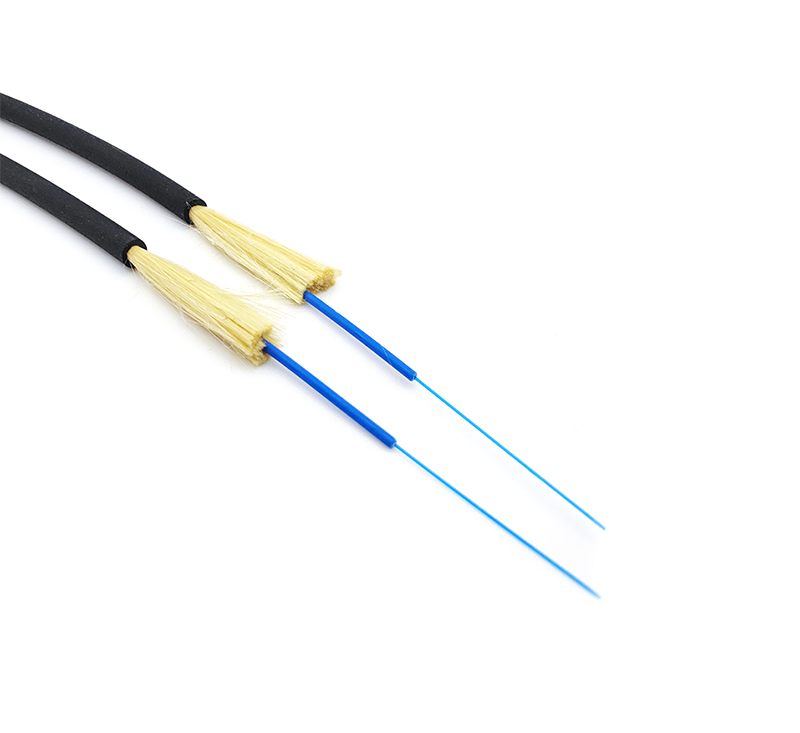Oxygen-free copper rods are pure copper without oxygen and without any deoxidizer residues. But in fact it still contains a very small amount of oxygen and some impurities. According to the standard, the content of oxygen is not more than 0.02%, the total content of impurities is not more than 0.05%, and the purity of copper is more than 99.95%.
It is generally produced with electrolytic copper, and the resistivity is lower than that of low-oxygen copper rods. Therefore, in the production of products with stricter resistance requirements, oxygen-free copper rods are more economical; manufacturing oxygen-free copper rods requires high-quality raw materials;

According to the oxygen content and impurity content, oxygen-free copper rods are divided into TU1 and TU2 copper rods. The purity of TU1 oxygen-free copper rod reaches 99.99%, and the oxygen content is not more than 0.001%; the purity of TU2 oxygen-free copper rod reaches 99.95%, and the oxygen content is not more than 0.002%.
difference between the two
Due to the different manufacturing methods, the low-oxygen copper rod and the oxygen-free copper rod are different and have their own characteristics.
1. About the inhalation and desorption of oxygen and its state of existence
The oxygen content of the low-oxygen copper rod is generally 200 (175) - 400 (450) ppm, so the entry of oxygen is inhaled in the liquid state of copper, while the oxygen-free copper rod of the upward-drawing method is the opposite, and the oxygen is in the liquid copper. After a considerable period of time, it is reduced and removed. Usually, the oxygen content of this rod is below 10-50 ppm, and the minimum can reach 1-2 ppm. The oxygen in oxygen-free copper is very low, so the structure of this copper is a uniform single-phase structure, which is beneficial to toughness.
Second, the difference between the amount of debris and the existing hot rolling defects
The drawability of oxygen-free copper rods is superior to that of low-oxygen copper rods in all wire diameters. In addition to the above organizational reasons, oxygen-free copper rods have less inclusions, stable oxygen content, and no defects that may be caused by hot rolling. , The oxygen monitoring is not strict, and the unstable oxygen content will directly affect the performance of the rod. If the surface oxide of the rod can be compensated in the continuous cleaning of the subsequent process, it is more troublesome that a considerable amount of oxide exists "under the skin", which has a more direct impact on the wire breakage.
3. The toughness of the low-oxygen copper rod and the oxygen-free copper rod is different
Both can be pulled to 0.015mm, but the low-temperature oxygen-free copper in the low-temperature superconducting wire has only a 0.001mm spacing between the filaments.
4. The wire making process of the hypoxic copper rod is different from that of the oxygen-free copper rod
The wire-making process of the low-oxygen copper rod cannot be copied to the wire-making process of the oxygen-free copper rod, at least the annealing process of the two is different. Because the softness of the wire is deeply affected by the material composition and rod making, wire making and annealing process, it cannot be simply said that low-oxygen copper or oxygen-free copper is soft and hard.










